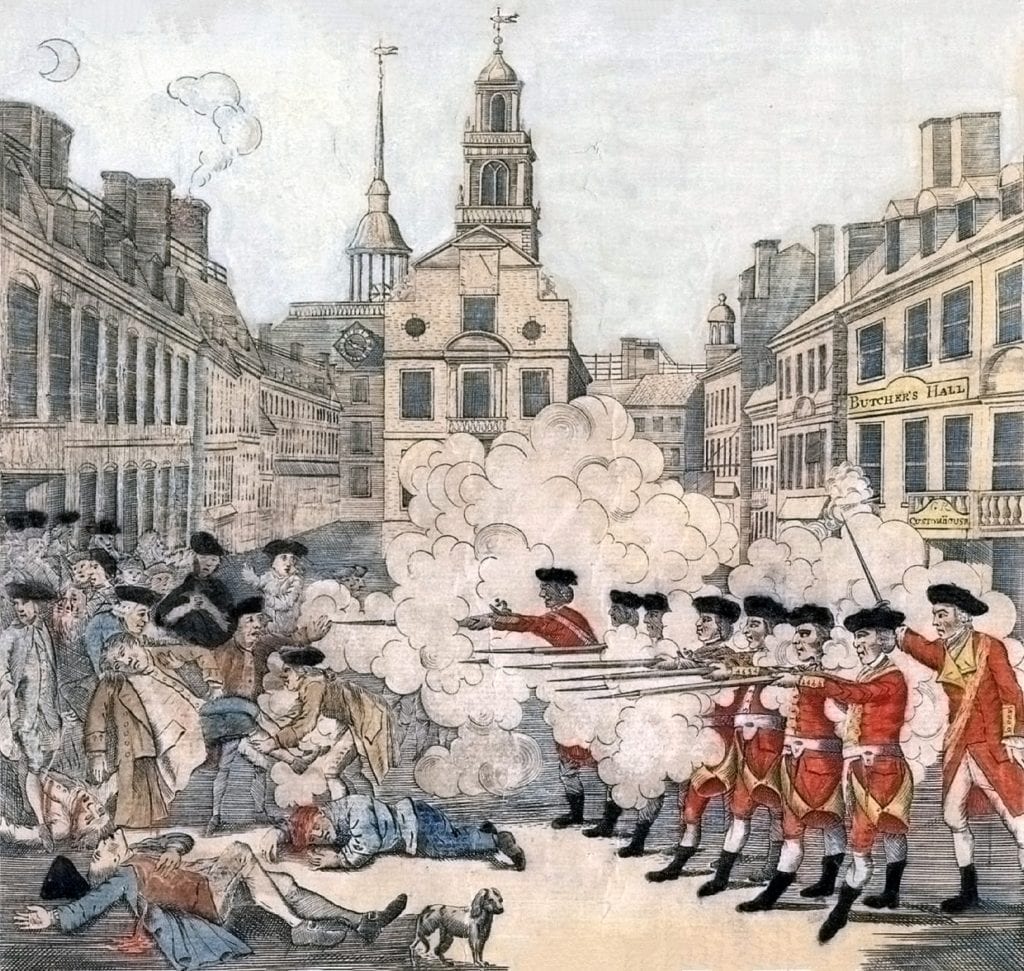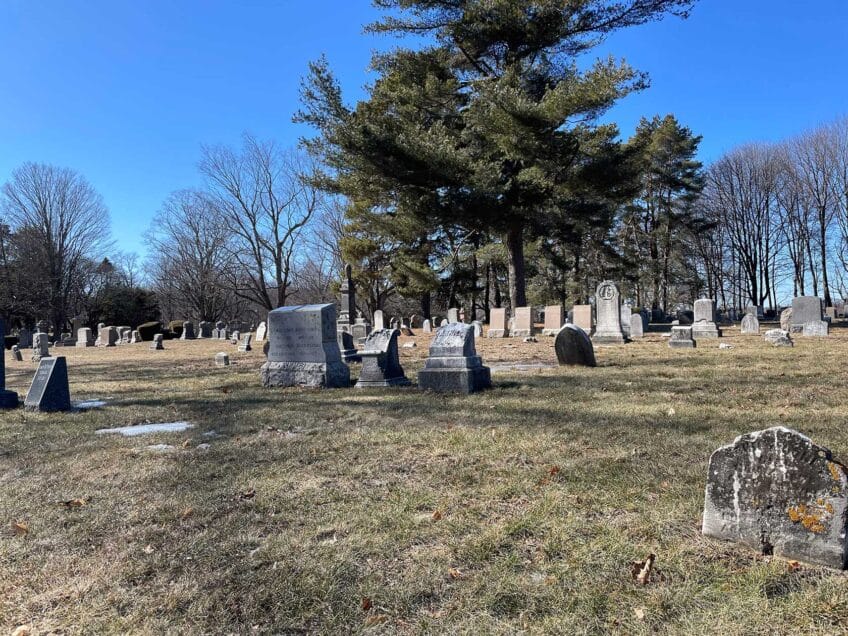History of riots as ‘language of the unheard’
Bloody protests, Boston Massacre to present

To paraphrase H. Rap Brown, the history of police violence sparking urban unrest is “as American as cherry pie.”
The radical black activist was speaking at a Washington press conference in 1967 but could have expressed the same sentiment at most any point in American history.
In 1770, the killing of an 11-year-old boy by a customs officer fueled tensions leading to the Boston Massacre, with a stevedore of African and Native American descent, Crispus Attucks, becoming the first to die in the nation’s founding fight for freedom from tyranny.
Not much has changed in 250 years. Cellphone videos have punctured the blue wall of denials that once shielded law enforcement from accountability, but that hasn’t stopped abuses from occurring.
Certainly not in the case of George Floyd. Minneapolis police officer Derek Chauvin, indifferent to the cries of spectators and the weakening pleas of “I can’t breathe” from Floyd himself, pressed his knee into the neck of the handcuffed victim for almost nine minutes as the cameras rolled.
The brutal episode set off protests in more than 130 cities and led to the deployment of the National Guard in 13 states where demonstrations turned from peaceful marches to clashes with police and widespread destruction. Including in Boston, where rioters ran amok in Downtown Crossing, just blocks from the threshold of the Old State House where Attucks fell in a hail of British musket fire.
If, as the Rev. Martin Luther King Jr. said, riot “is the language of the unheard,” America has had a hearing problem going back a long, long time.
After the death of Freddie Gray in Baltimore in 2015 — his back broken in a police van after being taken into custody — reporter Jamilah King compiled a century-long timeline of urban uprisings triggered by police violence, going back to Chicago in 1919. In that incident, a black teenager defied unofficial segregation on the beaches of Lake Michigan and drowned after white teenagers stoned him. When police refused to make an arrest, the black South Side “erupted in rage,” she wrote. “After nearly two weeks of protests, 38 people were dead (15 white, 23 black), 500 people were injured, and more than 1,000 black families lost their homes because of the damage.”
Harlem, Philadelphia, Los Angeles, San Francisco, Brooklyn, Cincinnati, Oakland. From the cusp of the Jazz Age up until today, reactions to police violence against blacks have punctuated the last century of American history.
King published her chronicle of more than a dozen other cases — just a partial list — less than a year after an unarmed 18-year-old Michael Brown had been shot and killed by a police officer after a confrontation in Ferguson, Missouri.
In Ferguson and Baltimore, police violence intersected with tensions over joblessness, decay and neglect, creating a toxic cocktail of anger that sparked riots in both locations. These were the same conditions identified by the 1968 Kerner Commission report as responsible for the unrest the commissioners were charged to study and understand.
Created after the 1967 uprisings in Detroit and Newark — both set off by anger at police abuse — the presidentially appointed commission found the unrest rooted in despair and resentment over poor housing, health care, education and employment bias. “White society,” said the landmark report, mostly forgotten by now, “is deeply embedded in the ghetto. White institutions created it, white institutions maintain it, and white societies condone it.”
Dr. King condemned the riots but never ignored what caused them.
“I will continue to condemn riots and continue to say to my brothers and sisters that this is not the way. And continue to affirm that there is another way,” he said in his speech “The Other America,” delivered at Stanford University 10 days after he spoke out against the Vietnam War at Riverside Church in New York City.
“But at the same time, it is as necessary for me to be as vigorous in condemning the conditions which cause persons to feel that they must engage in riotous activities as it is for me to condemn riots. I think America must see that riots do not develop out of thin air,” he said.
Despite the advances of the civil rights movement and gains at the ballot box, African Americans are three times more likely than whites to die at the hands of police. African Americans are also three times more likely to be denied mortgage loans than whites, even when equally credit-worthy.
One of the incidents that didn’t make it into Jamilah King’s dispiriting refrain was the so-called “Grove Hall Riot” in Boston in the summer of 1967, when a group of mothers gathered outside the welfare office on Blue Hill Avenue in Roxbury to raise their voices against capricious policies and mistreatment by agency staff.
The protest was peaceful. Until it wasn’t. The group, “Mothers for Adequate Welfare,” entered the office beneath the words “Overseers of the Public Welfare” engraved above the doorway and barricaded themselves in with bicycle chains. Arriving police climbed in through a window and soon unleashed their billy clubs. “They’re beating us in here,” cried one of the mothers from an open window. The crowd outside grew unruly at the report and police waded in, escalating the melee.
A Harvard student at the scene said shouts of “Kill ’em” came from the all-white phalanx of police officers as they raised their batons and rushed the protesters.
Breaking off from the clash with police, many turned their anger on storefronts and cars along Blue Hill Avenue, leaving some three dozen businesses looted and in flames over two nights of disturbances.
“Police Riot in Grove Hall,” reported the Banner in a famous headline, countering the police narrative of using justified force to quell an angry mob.
The Rev. Virgil Wood, an associate of Dr. King, told newspapers that “war was declared on the black people by the police force.”
Today, remnants of the scars of those hot June nights are still visible.
Is anyone listening?






